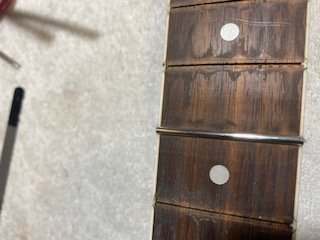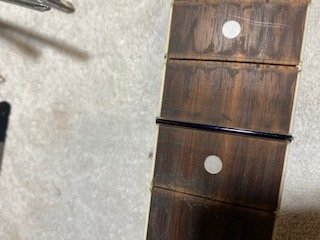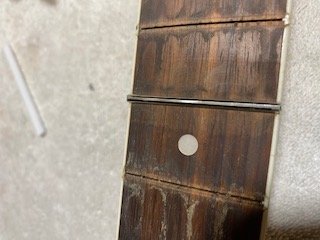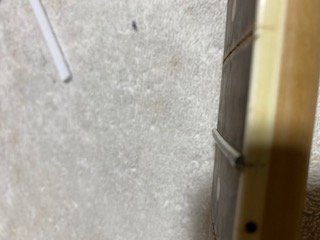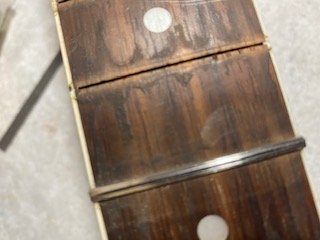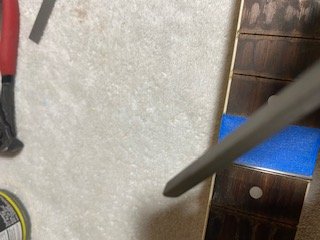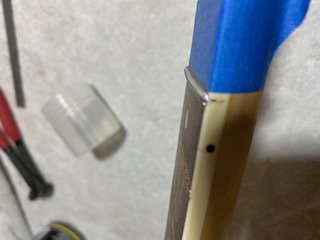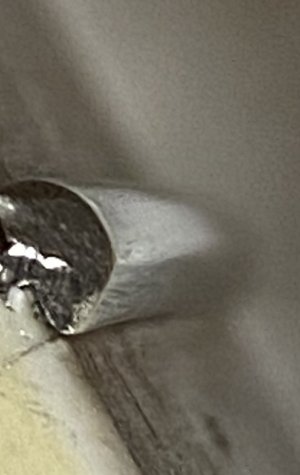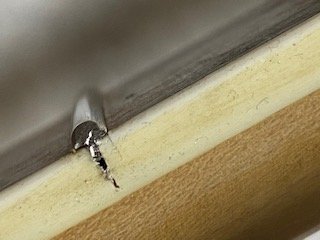WindsurfMaui
Senior Member
- Messages
- 329
OK a theoretical question on fret crowning. I really like the SS6115 frets because of the peaked crown. But I want to try some SS6100 frets on my next neck. If I have them recrowned to mimic the peak shape of the 6115 in theory the reshaping needs to only take place on one side of the fret, the side where my finger would go because the back side of the fret is never touched by our fingers when playing? Right. So reshaping the front side into a more peaked shape as long as the peak is in the center of the fret is all the work that really needs to be done? Opinions?



